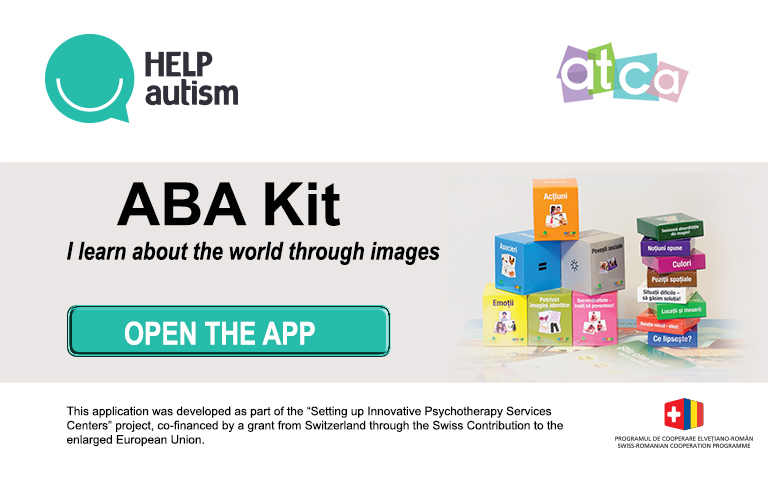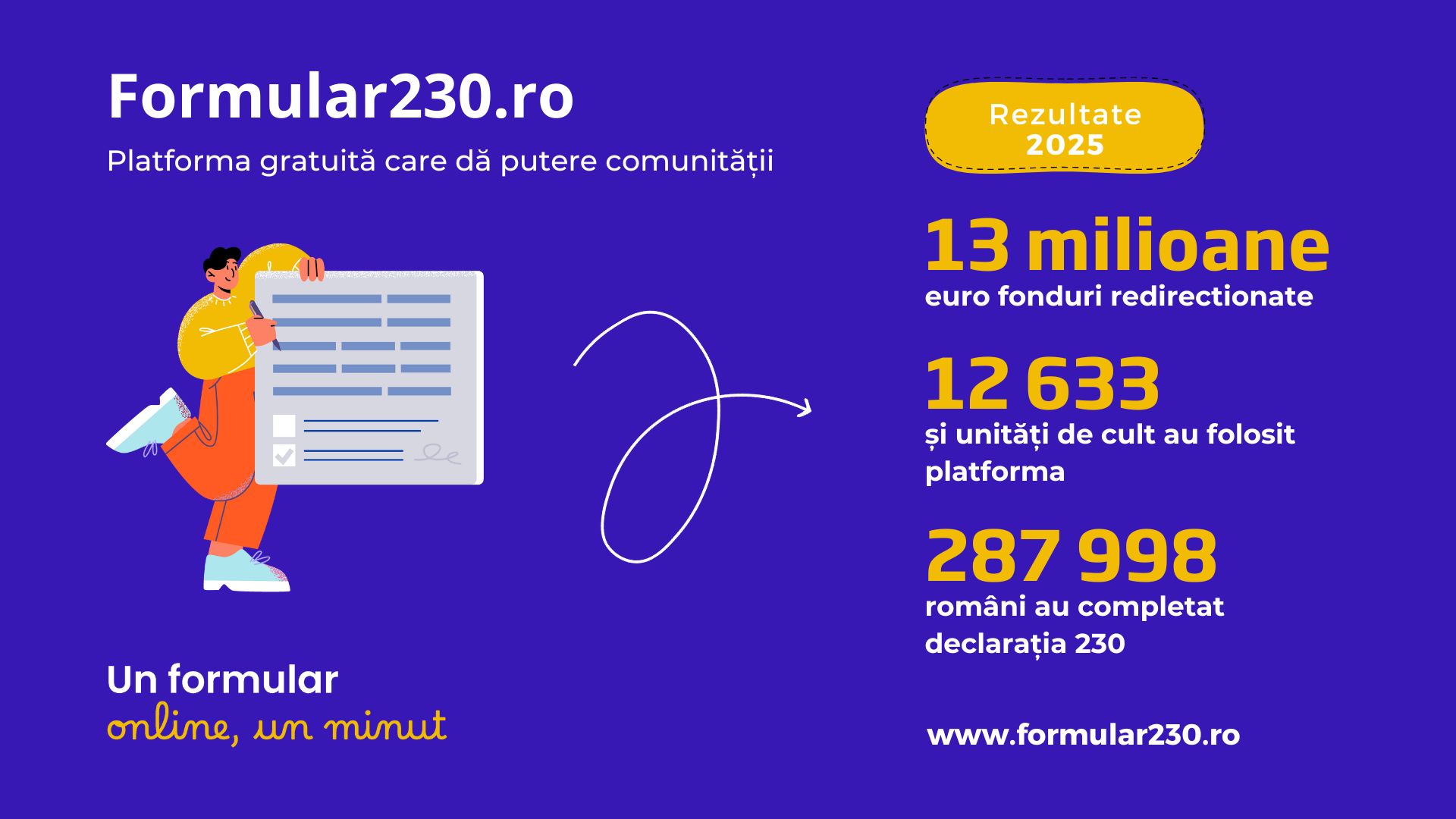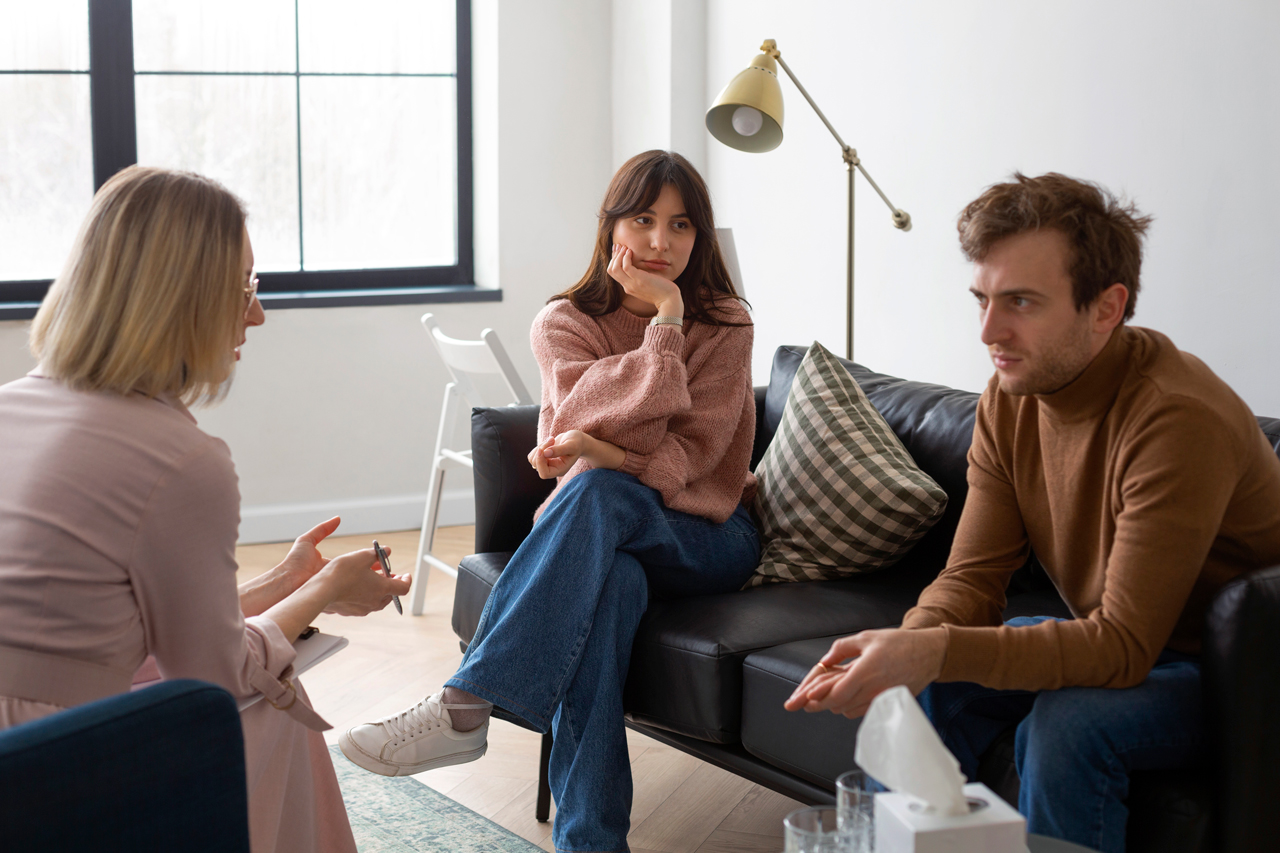
ABAKIT Help
  |
Program mode selection: expressive - description, responsive – showing, responsive - matching |
 |
The child is unattended |
 |
The child is assisted |
  |
Select program |
 |
App development Information |
 |
Edit Profile parent / therapist |
 |
Save- data backup |
 |
Child answer chart |
 |
Back to main menu |
 |
Repeat voice / subtitles |
  |
Lock / Unlock Item |
 |
List of program items |
 |
Register Incorrect answer |
 |
Register Correct answer |
 |
Confirmation |
 |
Change item |
 |
Print correct/incorrect answers chart. Reports are stored in the device memory Download folder |
 |
Save info |
 |
Settings |
 |
Select the date / program for answers chart |
 |
Select profile parent / therapist / child |
 |
Sound / voice mute |
 |
Sound / voice unmute |
 |
Subtitle off |
 |
Subtitle on |
Description of programs
PROGRAM 1
Matching identical images
The application window will show an image, on the lower part of the screen, that is to be matched with an identical image above. At the top between two and six images may appear, depending on the degree of difficulty. Of all the choices given on the screen, the child must choose the image that identically matches the one on the bottom.
There are two ways to match the identical images: the child touches the given image then the identical one from the choices given above or he drags the initial image and drops it over of its exact replica above.
If the answer is correct, the therapist / parent will tap the plus sign in the corner of the screen, and if the answer is wrong, the minus sign. The transition to other images is made by swiping the screen (fourth button from left to right).
- responsive - show x (no distractors)
The application window will show between 2 and 6 images (the number of images is chosen by the parent / therapist by tapping on the settings button) the child having to choose one of them, at the request of the therapist / parent (ie "Show the mug!" );
If the answer is correct, the therapist / parent will tap the plus sign in the corner of the screen, and if the answer is wrong, the minus sign. The transition to other images is made by swiping the screen (fourth button from left to right).
- expressive - description
The therapist / parent will choose a picture and ask the child, "what is it?"
If the answer is correct, the therapist / parent will tap the plus sign in the corner of the screen, and if the answer is wrong, the minus sign. The transition to other images is made by swiping the screen (fourth button from left to right).
PROGRAM 2
Associating: head - hat, mouse - cheese, foot - sock
The application window will show two, three, four, five or six images (the number of images is chosen by the parent / therapist by tapping on settings) at the top of the screen and their corresponding image at the bottom (For example: at the top we have a mouse, a human head, and a leg. at the bottom we have a sock. The child will have to match the sock to the foot.
If the answer is correct, the therapist / parent will tap the plus sign in the corner of the screen, and if the answer is wrong, the minus sign. The transition to other images is made by swiping the screen (fourth button from left to right).
PROGRAM 3
Sequentiality
-receptive-ordering: The images depict certain sequences that the child will have to place in the correct order (eg first picture- "the boy has a plate full of biscuits," the second image- "the boy eating biscuits", the third image- "the boy's plate is empty")
If your child places the pictures in the right order the next set of images will automatically appear.
At the top of the screen, the images will appear in random order and the child will have to place them in the right order in empty squares at the bottom of the screen.
If the answer is correct, the therapist / parent will tap the plus sign in the corner of the screen, and if the answer is wrong, the minus sign. The transition to other images is made by swiping the screen (fourth button from left to right).
-expressive-description: The therapist / parent will choose a set of images already placed in order and ask the child to tell what is happening in those images. If the child is able to describe the actions, the therapist / parent can make the transition to the next set of images by tapping swipe (the fourth button from left to right).
If the answer is correct, the therapist / parent will tap the plus sign in the corner of the screen, and if the answer is wrong, the minus sign.
PROGRAM 4
Colors
- responsive-ordination
The application window will show a color image at the bottom to be matched with another identical image above. On top, there can be between two and six colors to choose from, depending on the degree of difficulty. Out of all the options showed on the screen, the child must choose the color that identically matches the one below.
There are two ways to solve the color matching exercise: the child touches the given image then the identical one from the choices given above or he drags the initial image and drops it over of its exact replica above.
If the answer is correct, the therapist / parent will tap the plus sign in the corner of the screen, and if the answer is wrong, the minus sign. The transition to other images is made by swiping the screen (fourth button from left to right).
-receptive-showing:
The application window will show between 2 and 6 images representing different colors (the number of images is chosen by the parent / therapist by tapping Settings) the child having to choose one of them, following the directive of the therapist / parent (ie "Show red ");
If the answer is correct, the therapist / parent will tap the plus sign in the corner of the screen, and if the answer is wrong, the minus sign. The transition to other images is made by swiping the screen (fourth button from left to right).
The transition to other images with the swipe will do (is the fourth button from left to right).
-expressive-description: The therapist / parent chooses a picture and the child is asked, "What color is it?" If the answer is correct, the therapist / parent will tap the plus sign in the corner of the screen, and if the answer is wrong, the minus sign. The transition to other images is made by swiping the screen (fourth button from left to right).
PROGRAM 5
Difficult Situations
expressive- choose : At the top of the screen a picture showing several difficult situations, will be displayed (eg "a little girl finds a bag on the street", "a boy notices when someone tries to break into a store "etc.), and the bottom more options for the given situation. Some of the options are correct and others wrong, here the child is asked by the therapist / parent to choose the solution that is correct. If the answer is correct, the therapist / parent will tap the plus sign in the corner of the screen, and if the answer is wrong, the minus sign. The transition to other images is made by swiping the screen (fourth button from left to right).
PROGRAM 6
Cause-effect
In this program the window will display two cause-effect type images (eg "a baby crying because he's hungry," "children are cheering for a show"). The child may be asked by the parent / therapist "Why is the baby crying?" The child has to respond using the image where the answer is presented "because he is hungry," or he may be asked "what happened here?" and the child will respond using both images "the baby is crying because he's hungry." If the answer is correct, the therapist / parent will tap the plus sign in the corner of the screen, and if the answer is wrong, the minus sign. The transition to other images is made by swiping the screen (fourth button from left to right).
PROGRAM 7
Emotions
-receptive - showing: The application window will display between 2 and 6 images representing people with different emotions (the number of images is chosen by the parent / therapist by tapping on settings) the child will have to choose one of them, when asked to by the therapist / parent (ie "Show cheerful!"); If the answer is correct, the therapist / parent will tap the plus sign in the corner of the screen, and if the answer is wrong, the minus sign. The transition to other images is made by swiping the screen (fourth button from left to right).
-expressive-description: The therapist / parent will choose a picture and ask the child "how is the boy / girl / woman / man?" If the answer is correct, the therapist / parent will tap the plus sign in the corner of the screen, and if the answer is wrong, the minus sign. The transition to other images is made by swiping the screen (fourth button from left to right).
-expressive-causality: The window display one image at a time, showing people experiencing various emotions in certain situations (eg "a girl is happy because she received a gift," "a boy is sad because his toy car broke down") so the child will be asked by the parent / therapist "Why is the person in the picture feel happy / upset / angry / sleepy / scared / amazed?" If the answer is correct, the therapist / parent will tap the plus sign in the corner of the screen, and if the answer is wrong, the minus sign. The transition to other images is made by swiping the screen (fourth button from left to right).
PROGRAM 8
Actions
receptive-showing: The application window will display between 2 and 6 images representing people doing different actions (the number of images is chosen by the parent / therapist by tapping on settings) and the child will have to choose one, at the request of the therapist / parent (example: "Show taking a bath!");
If the answer is correct, the therapist / parent will tap the plus sign in the corner of the screen, and if the answer is wrong, the minus sign. The transition to other images is made by swiping the screen (fourth button from left to right).
-expressive-description: The window will display images showing various actions (eg, "eat", "bathe", "play") so the child will be asked by the parent / therapist "What is the person in the picture doing?"
If the answer is correct, the therapist / parent will tap the plus sign in the corner of the screen, and if the answer is wrong, the minus sign. The transition to other images is made by swiping the screen (fourth button from left to right).
PROGRAM 9
Opposite notions
receptive-showing: The window will display two representing opposites (eg "empty-full", "clean-dirty", "up-down"). The child must choose one of the images at the request of the parent / therapist (ie "show clean!", "show empty!")If the answer is correct, the therapist / parent will tap the plus sign in the corner of the screen, and if the answer is wrong, the minus sign. The transition to other images is made by swiping the screen (fourth button from left to right).
-expressive-description: On screen there will appear two images that represent opposites (eg "empty-full", "clean-dirty", "up-down"). In this program, the child will be asked by the parent / therapist "How is it?".
If the answer is correct, the therapist / parent will tap the plus sign in the corner of the screen, and if the answer is wrong, the minus sign. The transition to other images is made by swiping the screen (fourth button from left to right).
PROGRAM 10
Locations and occupations
receptive-showing: On the application window there will appear between 2 and 6 images representing various professions or locations (the number of images is chosen by the parent / therapist by tapping on settings) child will have to choose one of them, at the indication of the therapist / parent (ie "Show the fireman," "Show the store!");
If the answer is correct, the therapist / parent will tap the plus sign in the corner of the screen, and if the answer is wrong, the minus sign. The transition to other images is made by swiping the screen (fourth button from left to right).
-expressive-description: The window will display, one by one, images presenting various professions or locations (eg "police man", "doctor", "shop", "hospital") so the child will be asked by the parent / therapist "what job is this?" or "what place / location is this?".
If the answer is correct, the therapist / parent will tap the plus sign in the corner of the screen, and if the answer is wrong, the minus sign. The transition to other images is made by swiping the screen (fourth button from left to right).
PROGRAM 11
Social Stories
-receptive-ordination: The images represent certain sequences and the child will have to place them in the correct order (eg first picture- "boy watching television" second image "the boy goes out with the skates and the dog ", third image "the dog sees a cat and pulls the boy, fourth picture "being pulled by the dog, the boy falls down" at the top, the images will appear in random order and the child will have to place them in the right order in the empty squares at the bottom of the screen.
If the answer is correct, the therapist / parent will tap the plus sign in the corner of the screen, and if the answer is wrong, the minus sign. The transition to other images is made by swiping the screen (fourth button from left to right).
-expressive-description: The therapist / parent will choose a set of images already placed in order and ask the child to tell what is happening in those images. If the child is able to correctly tell the story, the therapist / parent can make the transition to the next set of images by tapping swipe (the fourth button from left to right).
If the answer is correct, the therapist / parent will tap the plus sign in the corner of the screen, and if the answer is wrong, the minus sign.
PROGRAM 12
Notice the Absurdity
This program contains pictures that show absurd situations (eg "a cake in the washing machine", "CDs in the toaster", "ping-pong with the pan") the child will be asked to identify what is wrong in the pictures answering the question "what's wrong?" and finding the correct answer to the question "how would it be right?"
If the answer is correct, the therapist / parent will tap the plus sign in the corner of the screen, and if the answer is wrong, the minus sign. The transition to other images is made by swiping the screen (fourth button from left to right).
PROGRAM 13
What is missing ?
On the screen there will appear pictures of objects that lack something (ie "a plush penguin without a wing", "a table without a leg", "a jacket sleeveless ") the child will be asked to say what is missing.
If the answer is correct, the therapist / parent will tap the plus sign in the corner of the screen, and if the answer is wrong, the minus sign. The transition to other images is made by swiping the screen (fourth button from left to right).
PROGRAM 14
Space Positions
-receptive-showing: The application window will display between 2 and 6 images representing different positions of certain objects or people (the number of images is chosen by the parent / therapist by tapping on settings) and the child will have to choose one of them, at the direction of the therapist / parent (ie "Show on!" "Show in front of", "Show next to!");
If the answer is correct, the therapist / parent will tap the plus sign in the corner of the screen, and if the answer is wrong, the minus sign. The transition to other images is made by swiping the screen (fourth button from left to right).
-expressive - description
A picture will be displayed on the screen, representing different positions in which objects or people are placed (for example: "on the table", "next to the box", "in front of the chair"), and the child will be asked by the parent / therapist: "Where is the object or the person?".






